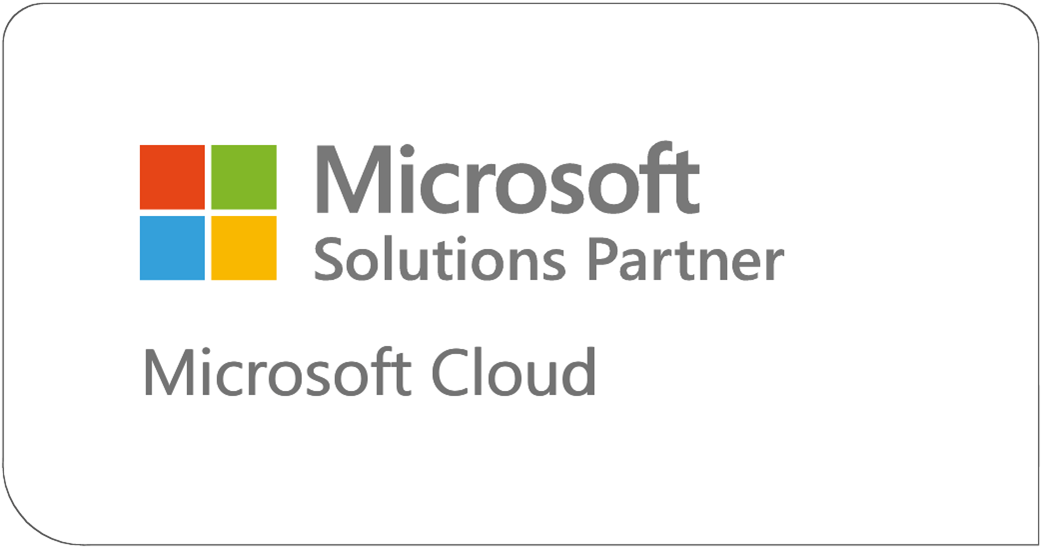With Windows 10 support ending on October 14, 2025, IT and business leaders are facing a critical decision point: upgrade the OS, or seize the opportunity to rethink the entire endpoint strategy. Cloud-native management isn’t just more efficient, it’s the foundation for bringing AI into day-to-day IT operations in a meaningful, actionable way.
The RSM Microsoft 365 and Copilot teams are sharing insights and soaking up new learnings at the 2025 Microsoft 365 Community Conference. On day two, May 7th, RSM’s Phil Heather and William Jones shared practical, field-tested guidance on how to modernize endpoint management with Microsoft Entra ID, Intune, and agentic AI.
The room was packed, but if you missed it, we’ve got you covered.
"Cloud-native is more than a tech shift. It's a mindset for agility, automation, and AI-driven security. We’re not quite to Star Trek, but we’re getting there." – William Jones, RSM, Manager – Technology Consulting
Windows 10 End of Life: The Clock Is Ticking
Microsoft will end support for Windows 10 (22H2) on October 14, 2025. After that date:
- No more security updates or patches
- New hardware will increasingly ship without Windows 10 compatibility
- Operating a mixed environment will introduce complexity, risk, and cost
This change isn’t just technical, it’s operational. If you haven’t already, now’s the time to audit your fleet, budget for upgrades, and start planning a phased migration to Windows 11 and cloud-native management.
What you gain with Cloud-Native Management
- Deploy devices anywhere your users are, no dependencies on your on premise infrastructure
- Remotely manage devices through Intune
- Enhanced security with native Zero Trust architecture
- Simplified device reset, redeploy, and support workflows
Why migrate now?
Waiting introduces risk—and leaves efficiency on the table. Key motivators for migrating sooner:
- Get rid of the limitations the come with VPN and hybrid-join management models
- Cloud-native tools reduce support tickets and IT overhead
- Microsoft 365 licensing provides flexibility and scale to meet your organizations changing needs
- Automated deployment improves consistency and user experience
And now, with native AI tools available, cloud-native management unlocks even more value.
AI and Cloud-Native PC Management
With Copilot in Intune (now in public preview) and Microsoft Security Copilot (currently in early access), AI is becoming an active part of endpoint and security operations. It’s no longer just a future concept—AI is starting to play real, operational roles in how IT teams manage and secure devices. These tools help teams:
- Query devices with natural language (“Is Defender running?”)
- Troubleshoot issues faster and more accurately
- Understand compliance status across your environment
- Receive proactive recommendations—without manual deep dives
Getting ready to migrate: Plan smart, move fast
Successful migrations start with smart planning and a strategy that fits your environment. Begin by auditing your hardware, software, identity systems, and legacy policies. Tools like Microsoft’s Group Policy Analytics can help streamline the shift to Intune.
Don't overlook user personas—nonstandard devices like kiosks and reception machines often get missed. Equally important: bring users into the process early. Change management isn’t optional.
When it’s time to migrate, most organizations use a mix of approaches:
- Wipe and reload for clean starts
- Hardware replacement where needed
- Manual or automated methods for complex or unmanaged machines
- Rolling refreshes aligned with lifecycle planning
The key is to start early, pilot thoughtfully, and scale with confidence.
Real-world use case
In the M365 Community Conference session, RSM shared a real-world case study from an Insurance Sales Company.
Challenge: 2,000 devices across domain-joined and workgroup environments, with content and identity fragmented between Google Workspace, Box, and on-prem servers.
Approach:
- Established Entra ID as the unified identity layer
- Migrated content to SharePoint and collaboration to Microsoft 365
- Used a 50/50 split of wipe-and-reload and manual migration
- Streamlined user onboarding without the need to preserve old profiles
Outcome: A leaner, more secure, and cloud-first operation—with licensing costs lowered through the use of Microsoft 365 F3.
Final thought
The end of Windows 10 support isn’t just a milestone, it’s a mandate. Now is the time to align your technology stack with the way your people work: mobile, flexible, secure, and AI-enhanced.
Migrating to cloud-native management with Entra ID, Intune, and Microsoft 365 is the smartest way to future-proof your environment—and get out ahead of the coming wave.
Start now and plan smart with RSM by your side
Connect to our team to roadmap your migration journey with confidence and learn what Microsoft funding opportunities you might qualify for.


